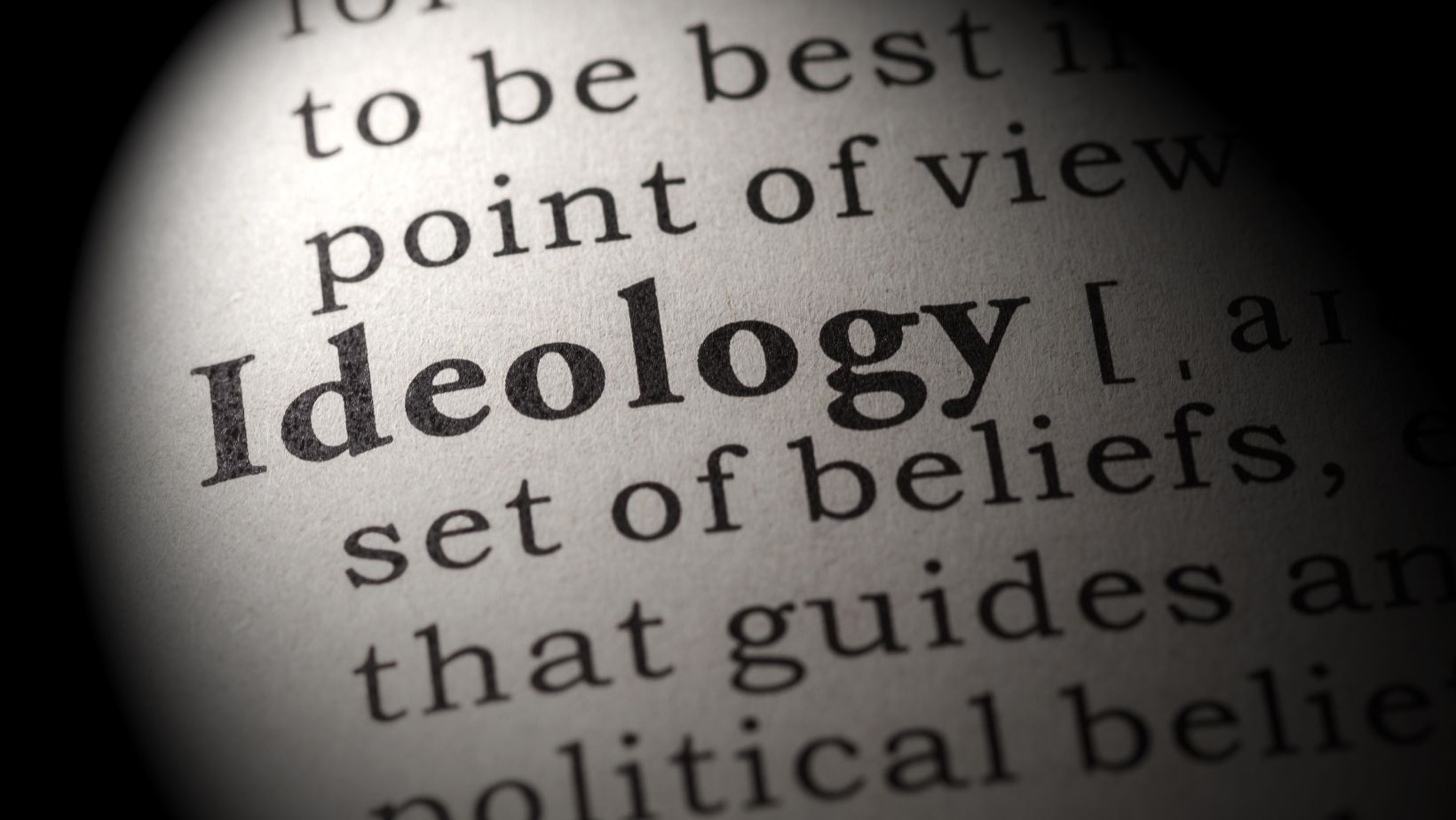Last Updated on October 20, 2023 by Nala Thorpe
The Third Reich Based its Power Primarily on
The Third Reich, led by Adolf Hitler, was one of the most notorious and influential regimes in modern history. Its power and influence were built upon a foundation of various factors, but one of the primary pillars was its ideology. The Third Reich based its power primarily on its ideology, which was centered around the concept of Aryan supremacy and the establishment of a totalitarian state. This ideology, combined with Hitler’s charismatic leadership, allowed the regime to gain widespread support and control over the German population.
Another key element that contributed to the Third Reich’s power was its effective propaganda machine. The regime utilized propaganda as a powerful tool to shape public opinion, manipulate the masses, and consolidate its authority. Through various mediums such as speeches, rallies, films, and publications, the Nazi propaganda machine disseminated its messages of nationalism, anti-Semitism, and militarism. This relentless propaganda campaign played a significant role in rallying support for the regime and maintaining control over the German population.
Furthermore, the Third Reich’s power was bolstered by its ruthless suppression of opposition and the establishment of a pervasive surveillance state. Hitler’s regime employed various methods to silence dissent, including censorship, imprisonment, and even execution of those deemed as enemies of the state. Additionally, the Gestapo, the secret police force of the Third Reich, operated with impunity, monitoring and targeting individuals suspected of disloyalty or resistance. This climate of fear and control allowed the regime to maintain a tight grip on power and suppress any potential threats to its authority.
The Rise of the Third Reich
The Third Reich, under the leadership of Adolf Hitler, ascended to power in Germany based primarily on its ideology of Aryan supremacy. This ideology, rooted in the belief of a superior Germanic race, served as a powerful tool for garnering support and consolidating control over the German population.
Propaganda: Shaping Public Opinion
One of the key strategies employed by the Third Reich was the use of propaganda to shape public opinion. Hitler and his regime utilized various mediums, such as newspapers, radio broadcasts, and mass rallies, to disseminate their ideology and rally support. Propaganda campaigns aimed to instill a sense of national pride, glorify the Aryan race, and demonize perceived enemies, such as Jews, communists, and other minorities.
Totalitarian State: Exerting Control
The establishment of a totalitarian state played a crucial role in the consolidation of power by the Third Reich. Under this system, the government exercised complete control over all aspects of life, suppressing opposition and dissent. The Nazi Party infiltrated institutions, including the education system, judiciary, and media, to ensure conformity and loyalty to the regime.
Oppression and Surveillance: Maintaining Authority
The Third Reich maintained its authority through the oppressive tactics of censorship, imprisonment, and execution. The Gestapo, the secret police force, closely monitored and surveyed the population, stifling any potential threats to the regime. This atmosphere of fear and intimidation further solidified the grip of the Third Reich on power.
The Third Reich’s power was firmly rooted in its ideology of Aryan supremacy. Through the use of propaganda, the establishment of a totalitarian state, and the suppression of opposition, Hitler and his regime maintained control over the German population. Understanding the rise of the Third Reich provides insight into the mechanisms by which authoritarian regimes can gain and consolidate power.

Ideology and Propaganda of the Third Reich
The Third Reich based its power primarily on its ideology of Aryan supremacy. This ideology, propagated by Adolf Hitler and the Nazi Party, aimed to establish the dominance of the “master race” and create a racially pure German society. The regime’s belief in the superiority of the Aryan race formed the foundation of its policies and actions.
To ensure the widespread acceptance of this ideology, the Third Reich employed a sophisticated propaganda machine. Propaganda played a crucial role in shaping public opinion and maintaining control over the German population. The regime used various mediums such as radio, newspapers, films, and rallies to spread its messages and ideals.
Propaganda campaigns were designed to evoke emotions and manipulate the masses. They portrayed Hitler as a charismatic and infallible leader and emphasized the importance of obedience and loyalty to the state. The use of symbols, such as the swastika, further reinforced the regime’s message and created a sense of unity among the German people.
Furthermore, the Third Reich sought to control every aspect of daily life to ensure the dominance of its ideology. Schools were subjected to Nazi curriculum, which indoctrinated children with the party’s beliefs from a young age. The regime also controlled the arts, literature, and entertainment, censoring anything that contradicted or challenged their ideology.
By combining its ideology of Aryan supremacy with a relentless propaganda machine, the Third Reich was able to gain and maintain power over the German population. The manipulation of public opinion, the control over education and culture, and the glorification of Hitler all contributed to the regime’s ability to control the narrative and suppress any dissent.




